#005 Torc – A Symbol of Rank
Share
What are torcs (also spelt torques), where do they originate from, who wore them and what do they represent?
A torc is a usually a large neck ring constructed from various metals, usually open at the front. Some, though, were designed to lock together. They were probably worn continuously, since you have to bend the metal to remove them. Torcs are abundantly found across European cultures during the Iron Age from the 8th century BC onwards, but were especially important to the Celts. The more ornate crafted gold torc was worn by Celtic kings and queens, denoting their high rank. Celtic gods and goddesses were also depicted as wearing or carrying torcs. A surviving example of this is found on the Gundestrup cauldron, which shows the god Cernunnos wearing one torc around his neck, torcs hanging from his antlers and one held in his hand. The Dying Gaul, a famous Roman sculpture, depicts a wounded Gaulish warrior, wearing nothing except a neck torc.
The torc is one of the nine elements of the Celtic Dúile, mentioned by Taliesin in Cad Goddeu and corresponds to the Head. The Head was venerated among the Celts and they took the heads of their most prominent enemies as trophies of war. One Celtic tale tells us that the head of the vanquished Welsh giant Brân the Blessed was carried to London and buried beneath the “White Hill”, now known as Tower Hill upon which the Tower of London stands. The head ruled the person, just as the deities ruled over the Earth. The King or Queen governed their land as heads, representatives of the ruling deities. Although the Celtic torc disappeared in the third century CE, they reappeared during the Viking Age. The Vikings wore torc-style neck rings, usually in silver. Smaller torcs were also worn as wrist bracelets and as more complex bands around the upper arm.
